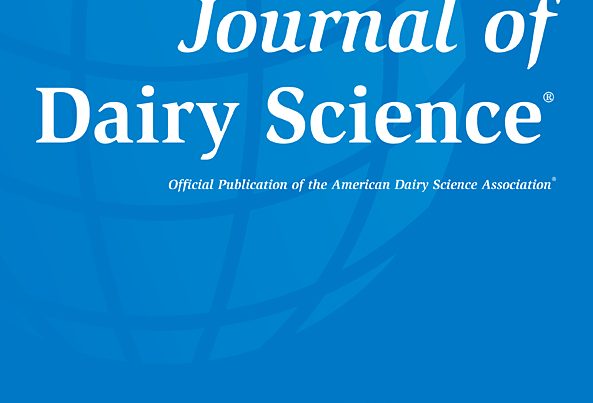Document type: Scientific article published in Frontiers in Veterinary Science
Authors: Jay Tunstall, Karin Mueller, Dai Grove-White, Joanne W. H. Oultram, Helen Mary Higgins
Preview: Cattle lameness is a concern to the United Kingdom (UK) cattle industry, negatively impacting upon welfare and production. Previous work involving one small study (n = 21) has identified that some UK beef farmers underestimate lameness prevalence, but also that farmers vary in their perception of the impact of lameness. Knowledge and skills of farmers were identified as a potential concern, and farmer-reported barriers were identified. However, the extent to which these views can be extrapolated is unknown. Therefore, the aim of this study was to produce descriptive results of UK beef farmer lameness-related activities concerning lameness identification, examination, treatment, and prevention. Questionnaires were circulated online and via post. Postal questionnaires were sent to registered Approved Finishing Units (a specific cohort of beef fattening units subject to strict biosecurity measures as part of UK bovine tuberculosis control) and a stratified sample of all registered beef enterprises in England and Wales. Online questionnaires were circulated on social media and via targeted emails asking selected industry bodies and veterinary practices to distribute to farmers. Descriptive results were produced, and thematic analysis was performed on free text responses. There were 532 usable responses, with most farmers self-reporting their current lameness prevalence as zero (mean 1.2%, range 0-20%). Most respondents did not locomotion score cattle, and most reported that it was not safe to examine feet. Most farmers did not use a foot bath, but of those who did, formaldehyde was the most commonly used product. Some farmers reported use of antibiotic foot baths. Most farmers reported dealing with lame animals within 48 h, but some only dealt with severe cases, and some felt that lame animals would get better by themselves. To deal with animals that have an ongoing lameness problem, transportation to slaughter was considered an option by 35% of farmers. It is worth noting, however, that the majority of lame animals would be precluded from transport under UK legislation. Farmers reported staff shortages, as well as a lack of time, training, and knowledge as barriers to lameness prevention and control. Overall, these results suggest that farmers may be underestimating lameness. Diagnosis is likely to be challenging, with unsafe facilities for lifting feet. The reported high threshold by some farmers for attending to a lame animal is a cause for concern, negatively impacting upon animal welfare, but this is also likely to have negative consequences for animal performance and farm profitability. Many participants in this study expressed a desire for farmer training in several aspects relating to lameness prevention and control, and this represents an opportunity for further knowledge exchange regarding lameness in beef cattle.






